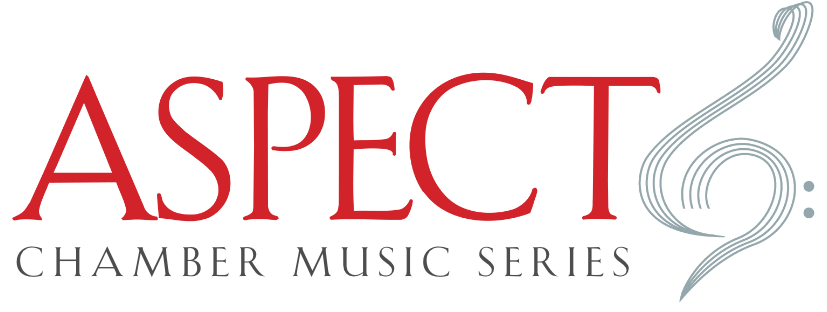RUSSIAN ELEGY
December 4, 2019 | Bohemian National Hall
Misha Keylin violin
Zlatomir Fung cello
Pavel Nersessian piano
Illustrated talk by Stephen Johnson
PROGRAM
Lyadov Three Pieces, Op. 57
Glinka Trio Pathétique
Tchaikovsky Piano Trio in A minor, Op. 50
‘I have known love only through the unhappiness it causes’, wrote the 28-year-old Glinka on the title page of his Trio pathétique. Later he found fulfillment in the music, culture and spiritual life of the Russian people. In so doing, he turned his back on chamber music, but this remarkably fresh and expressive work proved influential for his younger compatriots, including Tchaikovsky. Prone to extreme mood swings, Tchaikovsky wrote in 1880 that he could not bear the combination of piano with violin or cello. Only a year later, when his friend and mentor Nikolai Rubinstein died, he created a magnificent work for – piano trio! It ranges from profound grief in the first movement to joyous recollection in the finale, plunging back into desolation at the end. Piano miniatures by Lyadov act as worthy scene-setters for these two titanic trios.













